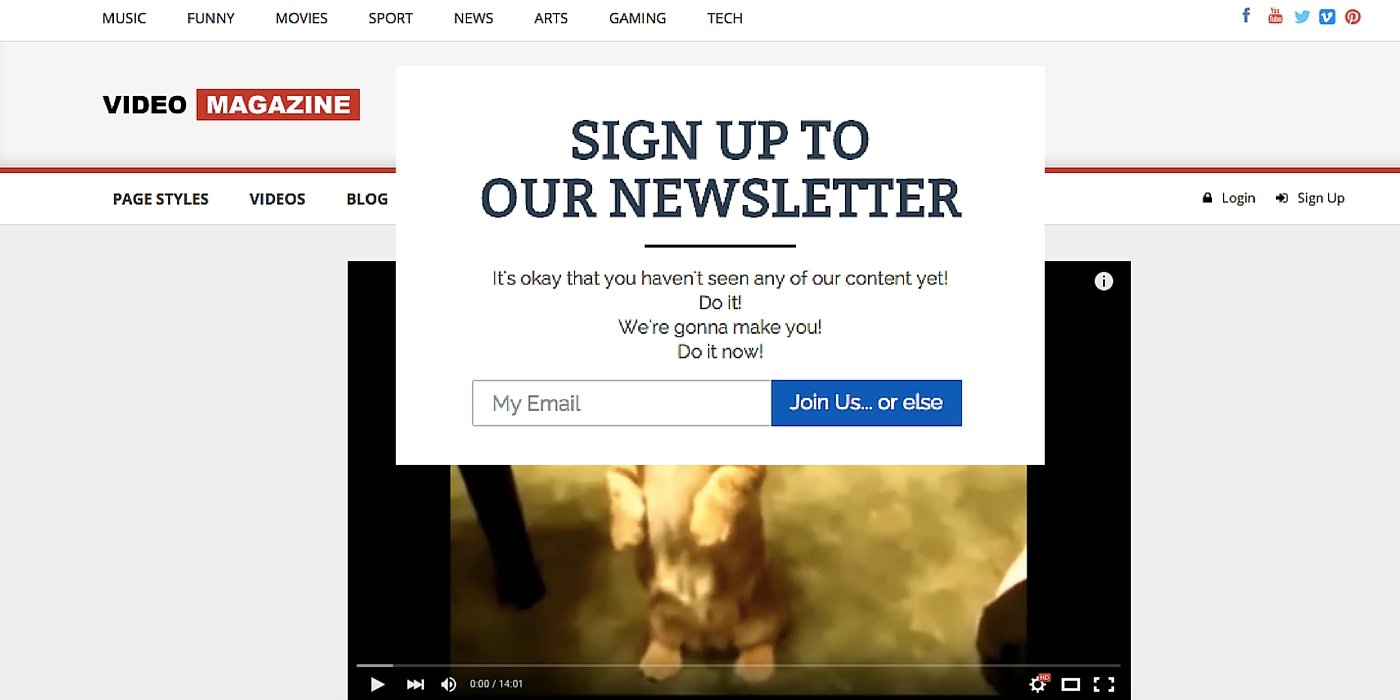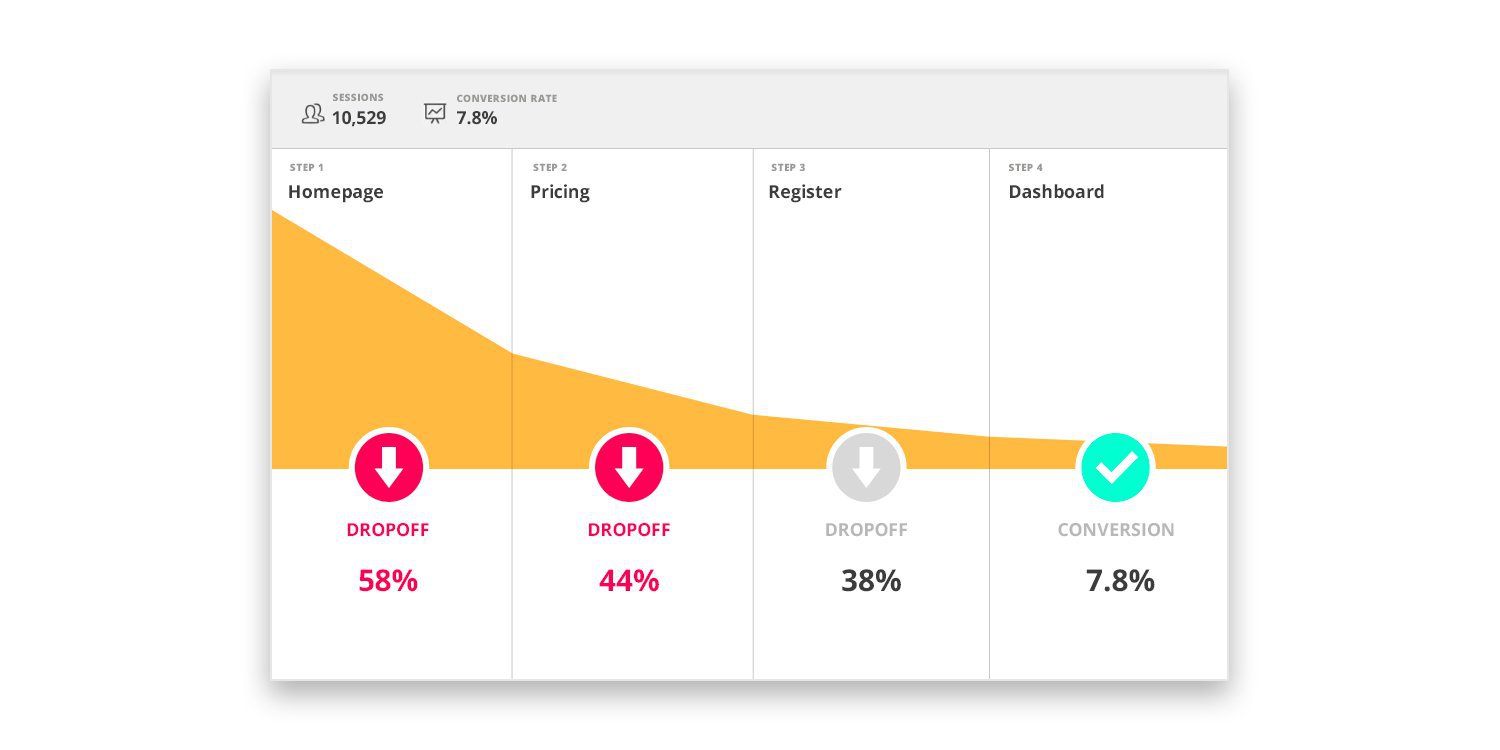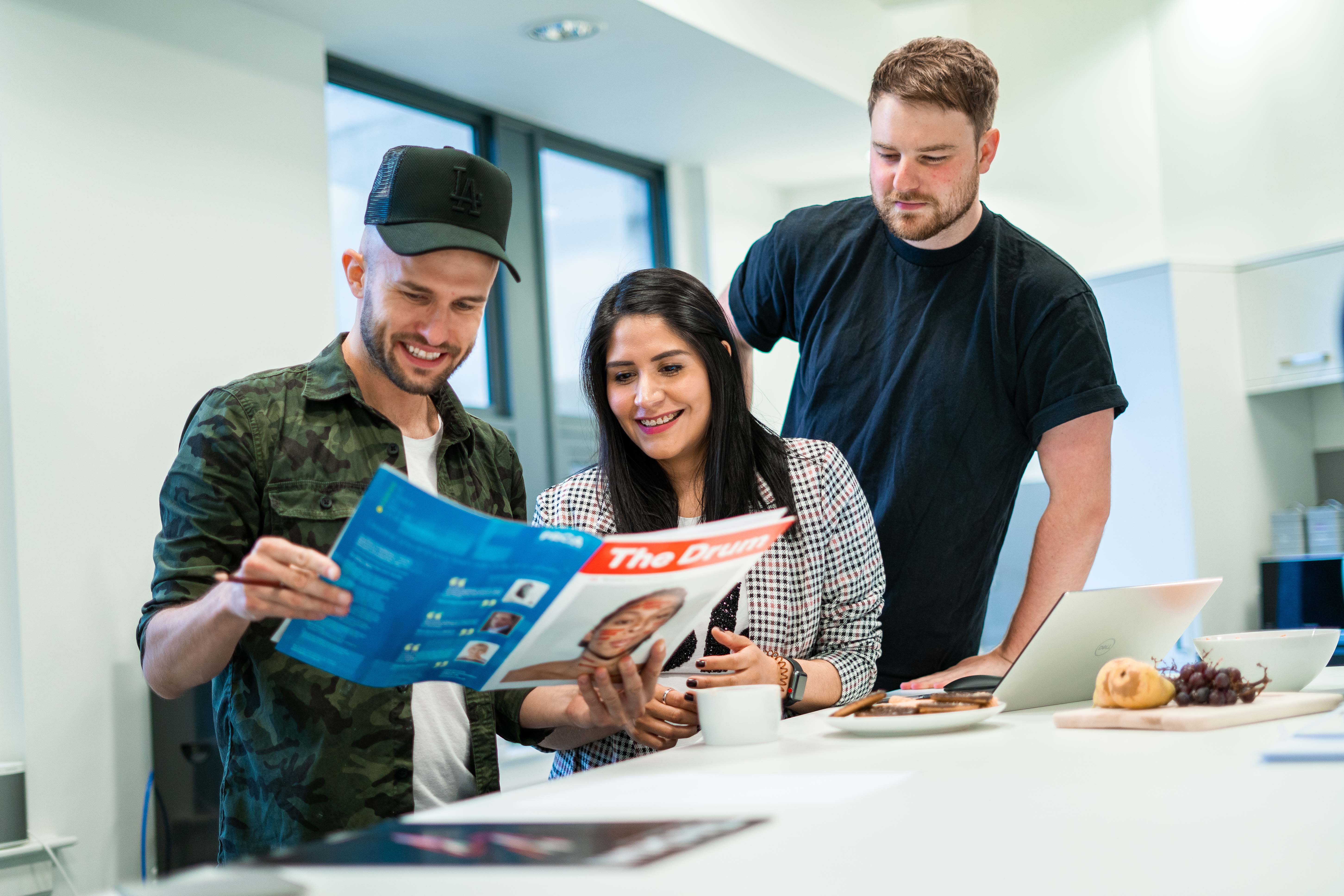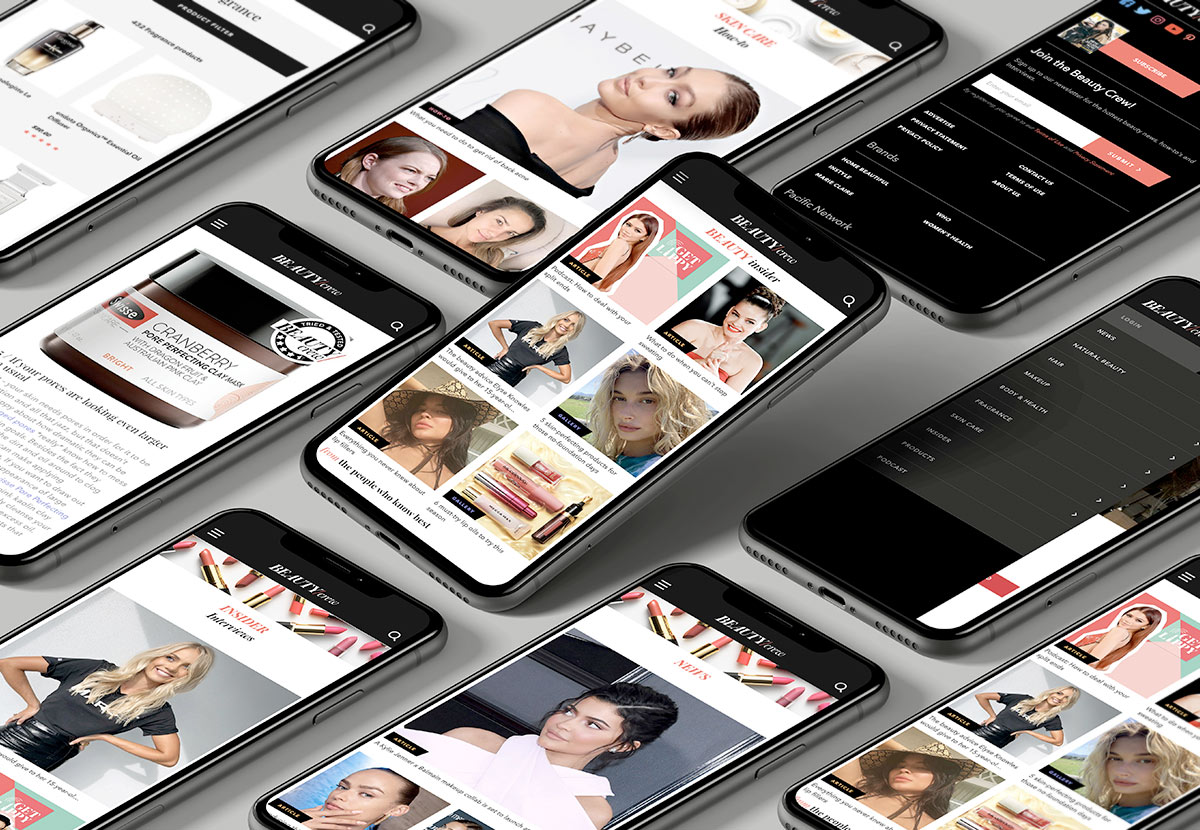
Author: Rachel Harrison, CRO & UX Manager.
As a performance marketing agency, connective3 has a vast number of teams that specialise in helping our clients achieve impressive results. This can consist of increasing brand awareness or driving further traffic to their websites. But undoubtedly, one of the most essential elements of effective marketing activity is ensuring that when users reach the website, they can either convert or complete the task that they need to.
What does my website need to do to achieve this?
Typically, to have a ‘good’ website, ensure you’re doing the following:
- Have a simple and easy to use website that provides a seamless, on-site user experience where users don’t have to question what their next steps should be.
- Have a website that aligns to both a user’s wants and needs, these may consist of:
- Having relevant products that are of interest to users.
- Efficient stock levels, so that users can complete their purchase during their visit.
- Being competitively priced, or at least offering a feasible price option that can be a contender for the user.
- Having USPs that appeal to a user – these could consist of things like free delivery, multiple payment options or positive customer reviews.
But when you consider psychology principles, there’s still so much more that we marketeers can do to help users have a positive overall experience with your brand.
The persuasion slide
The psychology concept, the persuasion slide, is split into numerous different stages. These demonstrate how websites can best appeal to their users, with the hope of them converting at the end.
The persuasion slide is split into four different areas, as explained below:
Gravity
The first step to getting onto the metaphorical slide is gravity. This key stage suggests that users need to have the initial motivation that’s required to be able to qualify as a potential customer, or user.
There are various marketing activities such as PPC, SEO and PR which can grab a user’s attention while browsing the internet. However, there must be some form of interest from a customer that encourages them to begin their journey down the slide.
Often at this stage, it’s important to align the services that are on the website, or offered by the brand, along with what the customer is looking for. There are several ways to understand what users are motivated by, such as engaging with your research team to understand who your audience is. Alternatively, if this is not available then run research sessions yourself.
Nudge
Once you’ve motivated your customer, you need to try your best to grab their attention. This can be done in numerous different ways on your website, but you need to ensure that you’re doing it in a way that best speaks to your customers.
For example, having a very obvious pop up that presents itself on the website is a good way to grab users’ attention. However, it could potentially be obtrusive and therefore, have a detrimental impact on your relationship with the user. As, the pop up like the one featured below could annoy a user while they’re trying to watch a video, rather than have a positive impact on newsletter downloads.

Ultimately, the goal of the ‘nudge stage’ would mean that you’ve grabbed your users’ attention but also started persuading them to make a decision that’s related to the brand, too.
A large amount of thought needs to be put into the placement of this nudge, and also when the correct time is for this to present itself in a user’s journey. An effective ‘nudge’ will result in users continuing their journey down the slide and, therefore making it more likely that they will convert at the end.
Angle
The third stage of the persuasion slide, angle, refers to a user being in the correct position which leads them to go down the slide. Once a user’s attention has been gathered, it’s time to start motivating them through a vast range of persuasion techniques.
These persuasion techniques can be split into two different motivation categories:
Conscious motivators
Conscious motivators are the most common elements that are frequently used within UX design and CRO programmes. These can consist of elements such as:
- USP panels – These typically focus on features such as free delivery, discount codes and trust reviews in the e-commerce industry.
- Sale countdown and popularity signifiers - For example, “X amount of customers have bought this product in the last hour”.
Non-conscious motivators
Motivators don’t always need to be obvious to users, and an example of this is non-conscious motivators. These elements specifically focus on encouraging users, without explicitly making them aware.
Ways in which this can be done are:
- Putting all of the key information above the fold so that a user doesn’t need to scroll far to find the content that they need.
- Having items that are social proofed, for example, stars on products and the number of users who have provided reviews.
A lot of these motivators are effective and relatively easy to incorporate into experimentation, as well as longer-term marketing strategies. As you visit the websites of e-commerce giants, you’ll notice these techniques being used quite often.
For instance, on a desktop, you can see that ASOS presents a lot of these motivators above the fold. And this can refer to a discount offer, delivery information or the ‘trending’ labelling.

Friction
If you’ve managed to support your user throughout their journey, then getting them past the final step of the persuasion slide can be the trickiest.
Typically, a lot of users neglect the latter parts of their journey, and instead focus on ensuring they have large traffic volumes going to their website. However, if this traffic isn’t going to convert then the overall marketing technique fails to be effective.
Often, the biggest friction points in a user’s journey can refer to the checkout process. Whether this is due to undescriptive error messages that users are unable to overcome (and therefore give up on), or captchas that are too difficult for anything other than a robot to bypass.
Behavioural tools such as hotjar are great to help understand where users are struggling, particularly at the latter end of your journeys. Simply setting up form funnels will enable you to understand drop off rates and then progress to watching session recordings, so that you can pinpoint exactly where the issue is.

Supporting your users throughout the whole journey
Overall, it’s important to think about each of the individual steps in your users’ journey, making sure that you are effectively providing them with support throughout this process. Remember, just because they’re at the top of the slide, it doesn’t necessarily mean that they’ll reach the bottom without getting off!
Want to understand how to further optimise your on-site traffic? Contact us today, or read some of our other CRO-focused blog pieces.









